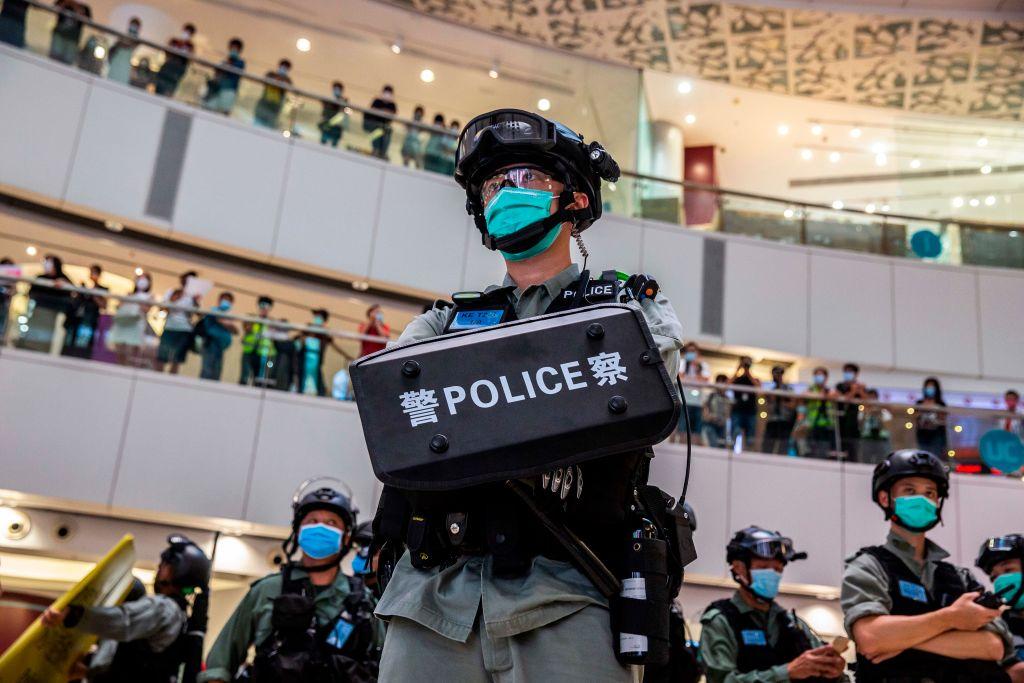The federal government has unveiled a list of “sensitive technologies,” identifying a range of novel technologies critical to national security. This follows earlier efforts to label foreign research institutions—mainly from China—that pose risks to Canadian research partnerships.
On Feb. 6, Public Safety Canada released the Sensitive Technology List (STL), identifying 11 broad areas covering a wide range of technologies deemed sensitive to national security. These include 5G networks, artificial intelligence, cybersecurity technologies, advanced weapons, energy technologies like nuclear generation, aerospace, space and satellite technology, quantum science, human-machine integration, and life sciences.





